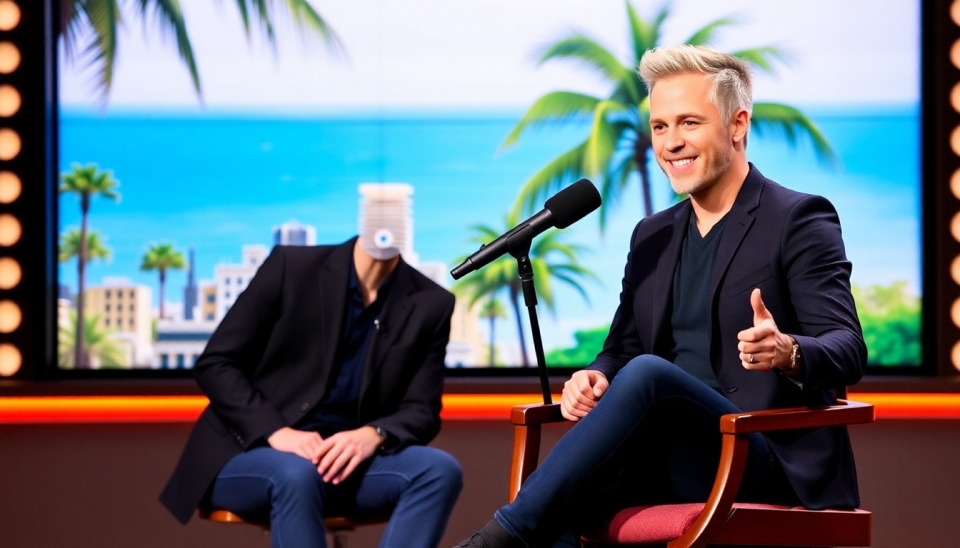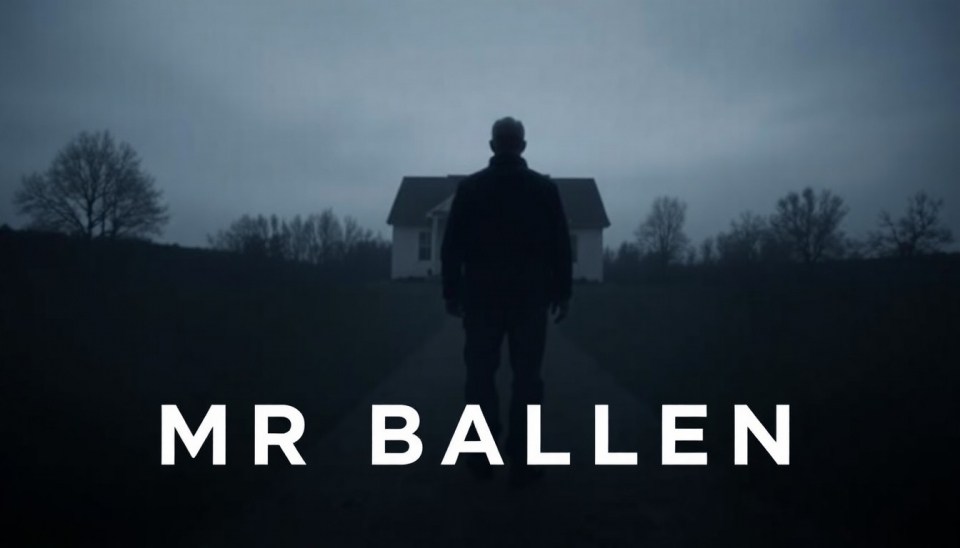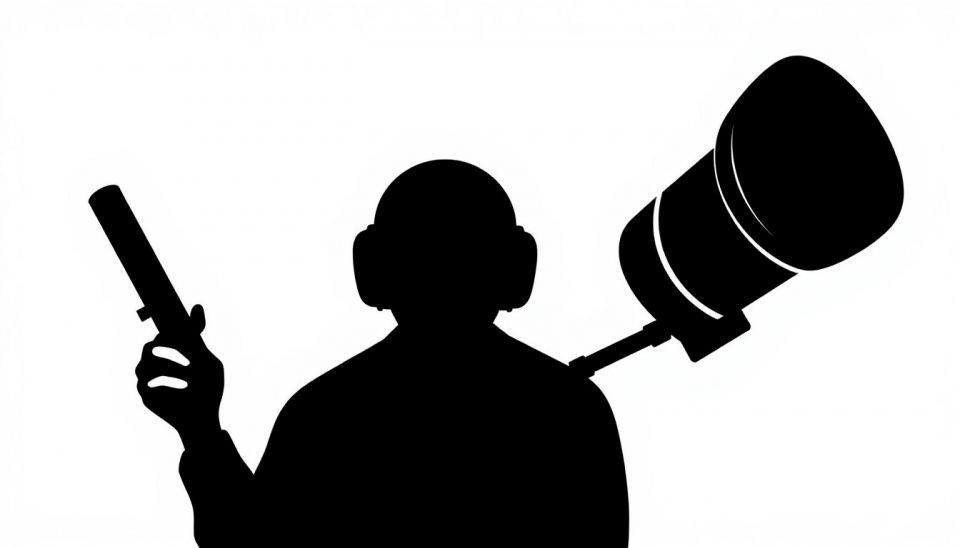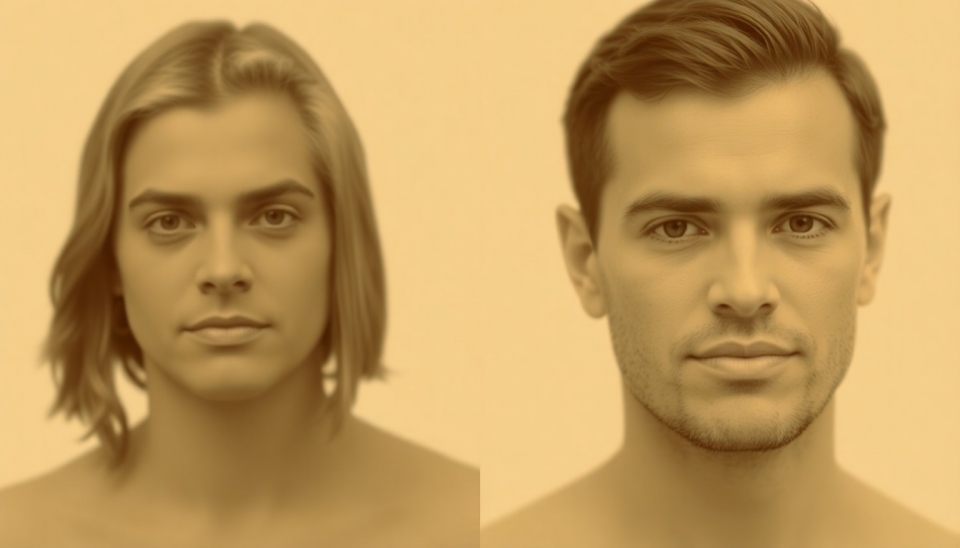
In an era where podcasts have exploded in popularity, a complex debate is brewing over how to define what a podcast actually is. Stakeholders from various corners of the industry, including producers, advertisers, and platforms, are embroiled in discussions that could shape the future of this burgeoning medium. The significance of establishing a clear definition goes beyond mere semantics; it impacts marketing strategies, audience metrics, and ultimately, revenue generation.
At the heart of the dispute is the question of whether a podcast should be defined strictly as an audio-only format or if it can encompass other types of media, such as video podcasts or multimedia presentations. The traditional podcast model revolves around audio files distributed via RSS feeds, allowing listeners to subscribe and receive new episodes automatically. However, the rise of platforms like YouTube, which host both audio and video content, complicates this straightforward definition.
Advocates for a broader interpretation argue that expanding the definition to include video content could attract a wider audience and enhance the medium's commercial viability. They contend that as more people consume content on their own terms—often favoring video over audio—podcast producers must adapt to these preferences in order to grow. This shift in audience behavior has led many to believe that egalitarianism in media consumption warrants a reevaluation of what constitutes a 'podcast'.
On the contrary, proponents of a traditional definition argue that retaining the purity of the podcast format is crucial for maintaining its unique identity. They believe that muddying the waters by including video could lead to confusion among consumers and dilute the essence of what a podcast is meant to be. These traditionalists emphasize that audio content stands out for its ability to engage listeners in a manner distinct from visual media, fostering a unique connection that might be lost if the definition expands.
The competition between these factions is reflected in the strategies employed by various companies and platforms. For instance, Spotify has been aggressively investing in exclusive podcast deals, simultaneously launching video offerings to appeal to a more diverse audience. Conversely, Apple Podcasts has maintained its focus on audio-centric content, further entrenching the divide within the industry.
This debate over podcast definitions also touches on heavier implications concerning advertising and monetization. Advertisers looking to target podcast listeners rely heavily on standardized definitions for measurement and analytics. A clear distinction between audio and video content is paramount for advertisers aiming to allocate budgets effectively and assess audience engagement accurately. Without a common understanding, ad metrics could become inconsistency-riddled, risking financial repercussions for both advertisers and content creators alike.
As industry leaders gather for discussions and conferences devoted to the future of podcasts, one thing is clear: the battle over how to define a podcast will not be resolved quickly. Stakeholders are left to consider their positions in a dynamic landscape where audience preferences and technological advancements continually reshape the medium. This ongoing debate will undoubtedly influence not only how we think about podcasts today but also how they evolve in the future.
While definitive answers remain elusive, the importance of clarifying the distinctions between traditional and modern interpretations of podcasts is imperative. As the dialogue evolves, all eyes will be watching to see which factions prevail and how their victory might influence the podcasting ecosystem going forward.
#podcast #podcasting #media #audiovisual #advertising #definition #industrydebate #contentcreation #Spotify #ApplePodcasts
Author: Emily Collins




